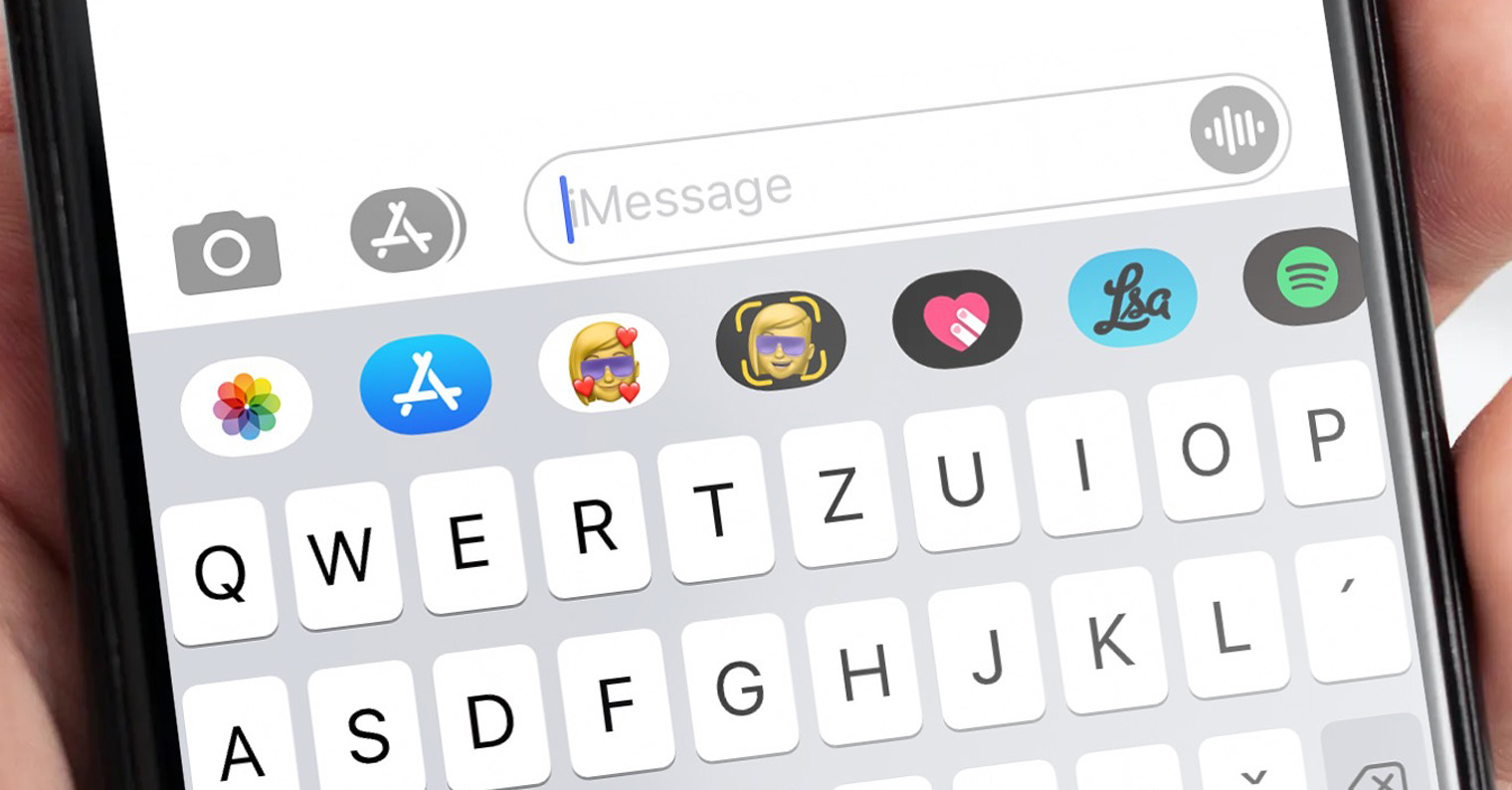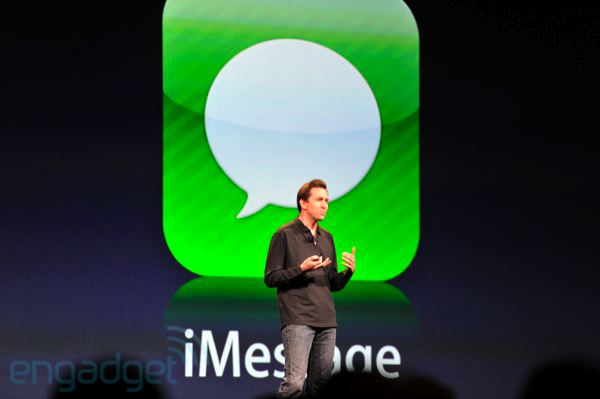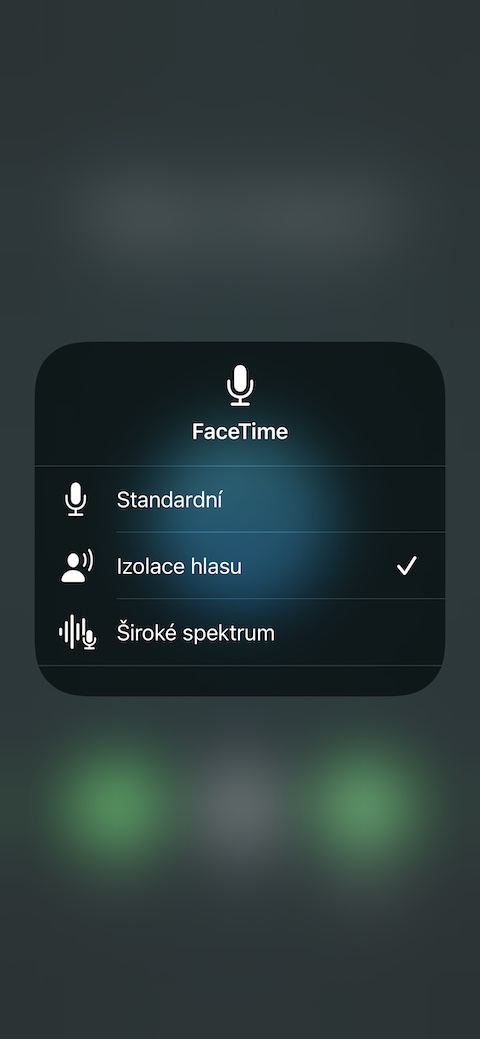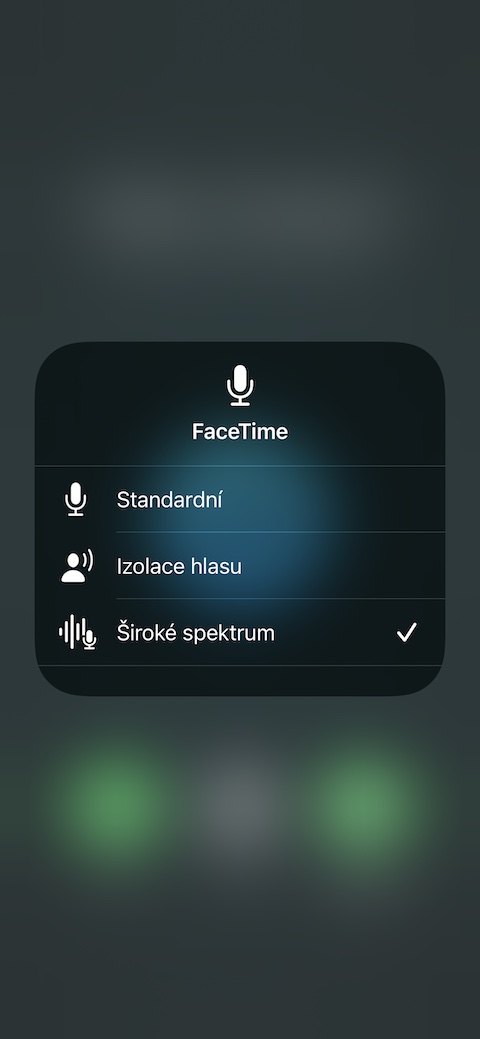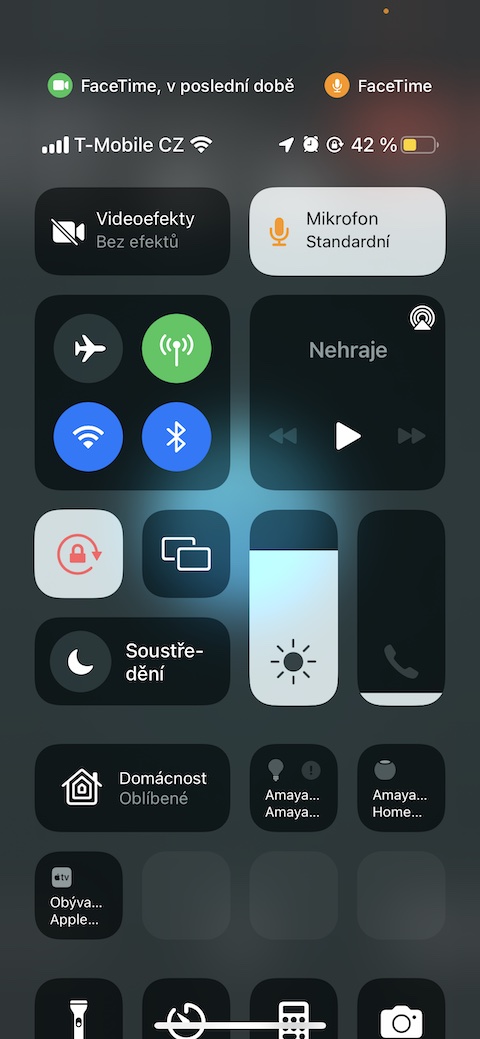The native communication applications FaceTime and iMessage are part of the Apple operating systems iOS and iPadOS. These are intended exclusively for Apple users, among whom they are quite popular - that is, at least iMessage. Despite this, they lack a number of features, due to which they fall far behind their competition. So let's take a look at what we'd like to see in iOS 16 and iPadOS 16 from these apps. It's definitely not a lot.
It could be interest you
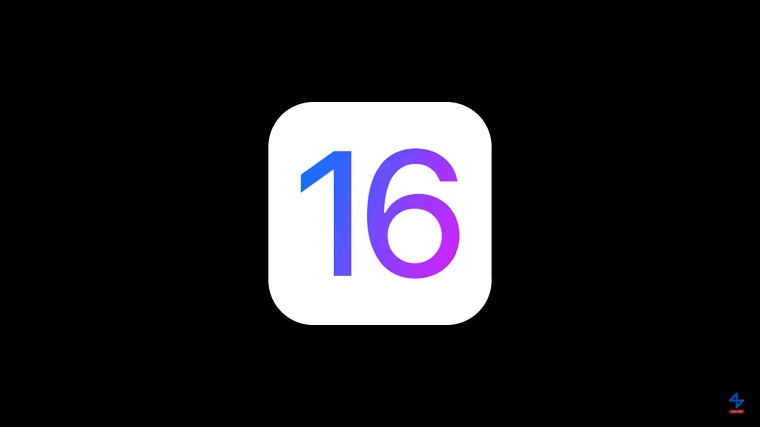
iMessage in iOS 16
Let's start with iMessage first. As we already indicated above, this is a communication platform for users of Apple products, which is very similar to, for example, the WhatsApp solution. Specifically, it ensures secure text communication between individuals and groups, relying on end-to-end encryption. Even so, it falls short of its competition in many respects. A significant shortcoming is the option to delete the sent message, which is offered by almost every competing app. So if the apple guy gets it wrong and accidentally sends a message to another recipient, he's just out of luck and doesn't do anything about it - unless he takes the recipient's device directly and manually deletes the message. This is a rather unpleasant shortcoming that could finally disappear.
Similarly, we could focus on group conversations. Although Apple improved them relatively recently, when it introduced the possibility of mentions, where you can simply mark one of the participants of the given group, who will receive a notification about this fact and will know that someone is looking for him in the chat. Nevertheless, we could take it a little further and take inspiration from, for example, Slack. If you yourself are a part of some group conversations, then you certainly know how difficult it can be to find your way when your colleagues or friends write over 50 messages. In that case, it's very difficult to find where the passage you need to read even begins in iMessage. Fortunately, this could be easily solved according to the mentioned competition - the phone would simply inform the user about where he ended up and what messages he has not yet read. Such a change would significantly help with orientation and make life easier for a large group of apple growers.
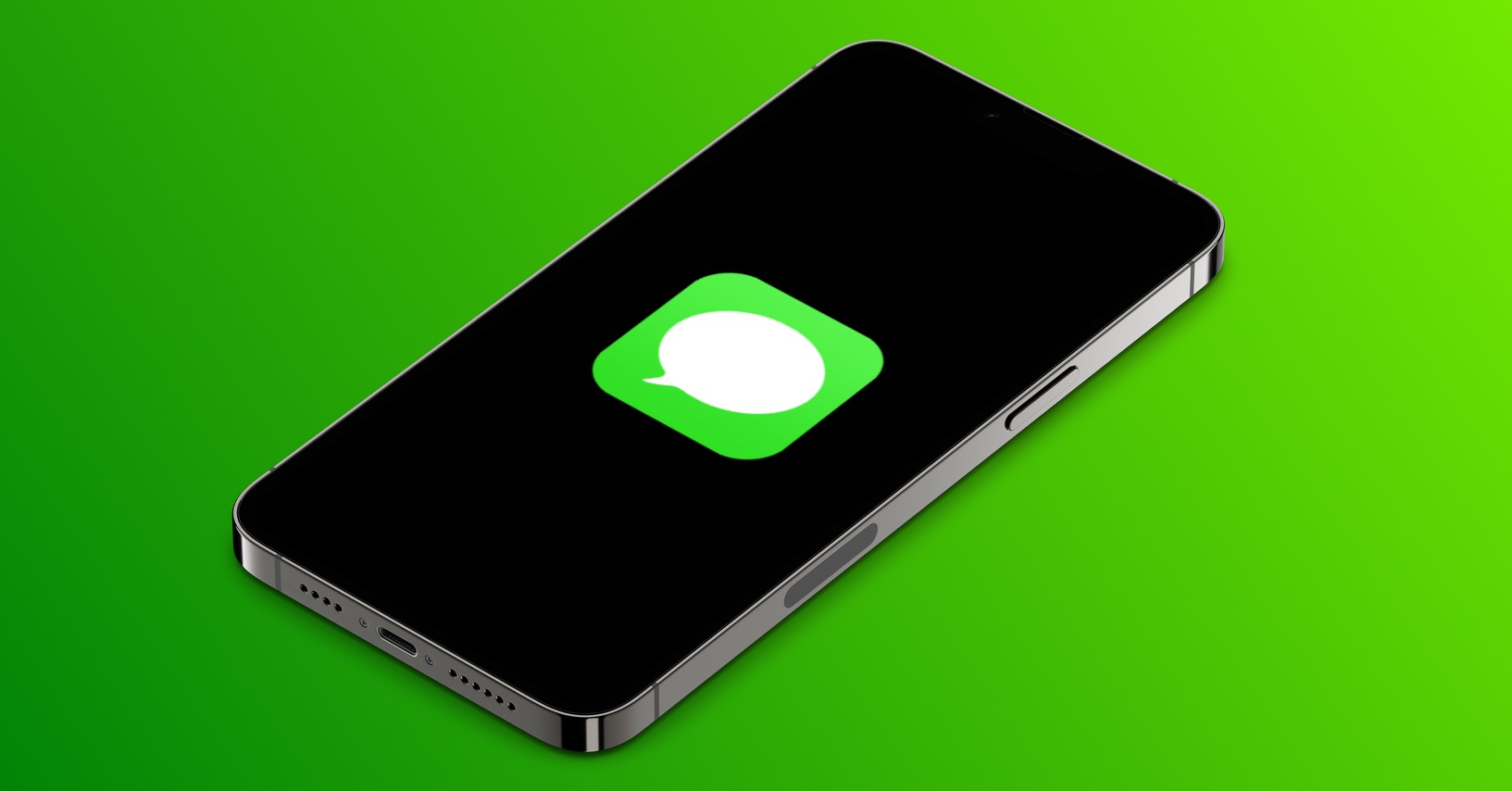
FaceTime in iOS 16
Now let's move on to FaceTime. As far as audio calls are concerned, we have practically nothing to complain about the application. Everything works quickly, correctly and efficiently. Unfortunately, it is no longer so rosy in the case of video calls. For occasional calls, the app is more than sufficient and can be a great helper. Especially when we add to it the relative novelty called SharePlay, thanks to which we can watch videos with the other party, listen to music together, and so on.
It could be interest you

On the other hand, there are a huge number of shortcomings here. The biggest problem that the vast majority of apple growers complain about is general functionality and stability. Significant problems arise during cross-platform calls, for example between iPhones and Macs, when the sound often does not work, the image freezes and the like. Specifically, in iOS, users still suffer from one shortcoming. Because once they leave a FaceTime call, it's sometimes slow to impossible to get back into it. The sound works in the background, but getting back to the appropriate window is quite painful.
As such, FaceTime is a brilliant and very simple solution for Apple users. If we add to that the support of the voice assistant Siri, then the service must clearly be the best ever. However, due to silly mistakes, many users tend to ignore it and prefer to use the possibilities of competing solutions, which do not offer such simplicity, but simply work.
It could be interest you

 Flying around the world with Apple
Flying around the world with Apple 